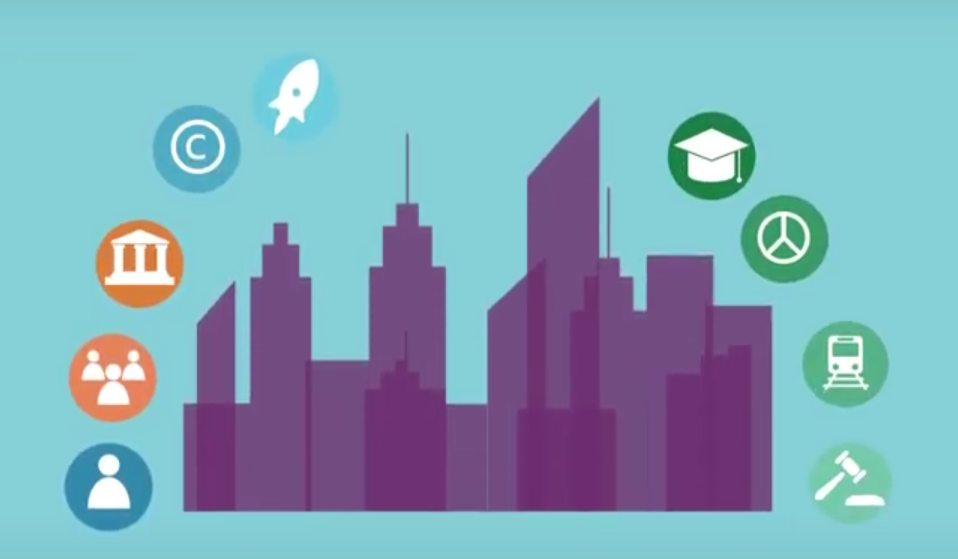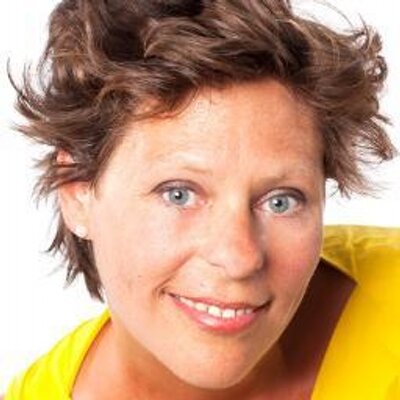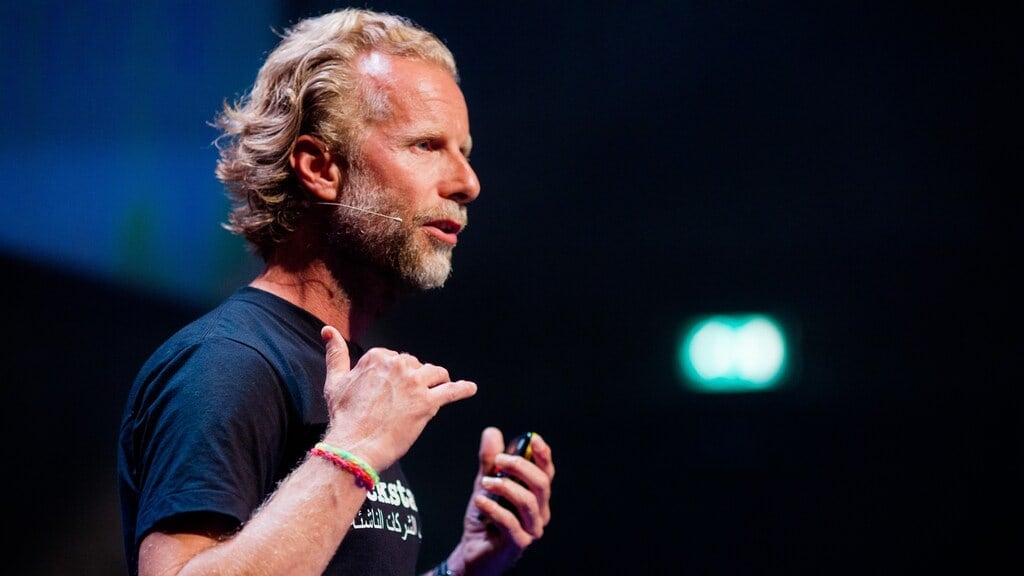
One of the most important changes that defines our relationship with technology is the role that machine intelligence will play within urban societies. That intelligence promises to contribute to social structures as well as to efficient sustainable societies. But it also influences forms of mobility, how we distribute goods, and how we produce food. And would it actually be nicer, where living together is concerned? The question is: how do we shape services that can be used by everyone in a city, and what impact does that have on social structures?
These questions are what are inspiring the research efforts of the Cities of Things field lab, which is part of the multi-year Creative Embassy Amsterdam-Munich program. The Creative Industry top sector has been working for several years on the formation of a Dutch-German community. The first field lab is set to start on October 11 in Munich with the signing of a declaration of intent by the municipalities of Amsterdam and Munich (by alderman Everhardt from Amsterdam and referent Baumgartner from Munich), along with with various other German and Dutch partners. This sets the stage for a roadmap for this cross-border field lab program with German and Dutch partners.
Future concepts of urban life
Together they are exploring future concepts for urban life in order to see which solutions would be different in a Munich context compared to an Amsterdam one. Consider the question of what the legal status of an autonomous delivery service is. Will it ever come to that? That is definitely what some people think.
Questions are fine, but answers must be thought up together. If parties in Amsterdam and Munich do this collaboratively, it means that solutions could be found that could also work for other European cities. Several questions that will be addressed at the start of the field lab:
- How does the idea of using a shared car, but the number of delivery vans too, influence the dynamics in a residential area of a city?
- Could we organize local food production in ‘vertical farms’ as part of a neighborhood ecosystem?
- How can city residents – young and old – benefit from services where they could, for instance, borrow each other’s tools and books?
- And how do these kinds of services really promote a sense of community?
These sorts of `collaborative’ ideas fit nicely into a newly built neighborhood or district, but what is feasible in densely populated neighborhoods in existing cities where space is scarce? The cities of Munich and Amsterdam want to learn from each other and to share their knowledge. After all, although the infrastructure and ecosystem are different in both cities, the human scale is the same.
“Neighbourhood hub” for a variety of futures
There are several levels: the city infrastructure, the level of the resident, and the policy level. A “neighborhood hub” in a suburb could become a junction point for a variety of features, from food, to parcel collection, to a solution for ‘ the last mile delivery.’ Because, after all, how many delivery drivers drive down a single street in a day? Surely this can be done differently. It could be coordinated. And aspects concerning efficiency and responsibility could be looked into. The discussion in the first workshop in the City of Things field lab, to be held in Munich on the afternoon of October 11, also reveals something about the impact of future developments. Various parties are busy working on this. From providers of mobility solutions to financial institutions, and from logistics companies to energy providers and the housing sector. And above all… the residents of a neighborhood themselves.
The collaboration between Amsterdam and Munich offers the opportunity to contribute to resilient innovation and a future-proof city, All very fine words indeed. So, first comes the preliminary discussion in the Cities of Things field lab and the Declaration of Intent between Amsterdam and Munich.
The Cities of Things field lab is scoping out the possibilities for future cities – where we live alongside intelligent ‘things’. This creates new opportunities, but it also affects city life and how you experience society as a resident. Hopefully it really will be possible for Germans and Dutch to build prototypes together for specific urban technical and infrastructural challenges.
Wonderful medium
The partners of the Creative Embassy are making a start on this together in the Cities of Things field lab so that they can closely examine innovations in cities. After all, a field lab is a wonderful medium for this type of discussion. Cross-border cooperation and a willingness to learn from each other’s German and Dutch specialisms is important in this kind of field lab collaboration. There are, as it happens, so many different points of view. Close collaboration between the two cities and the ensuing joint research and dialogues could simply yield more relevant directions for solutions.
With thanks to the cooperation and text provided by Iskander Smit (Cities of Things, TUDelft) and Frieke Meijer-Schepman (Municipality of Munich)



